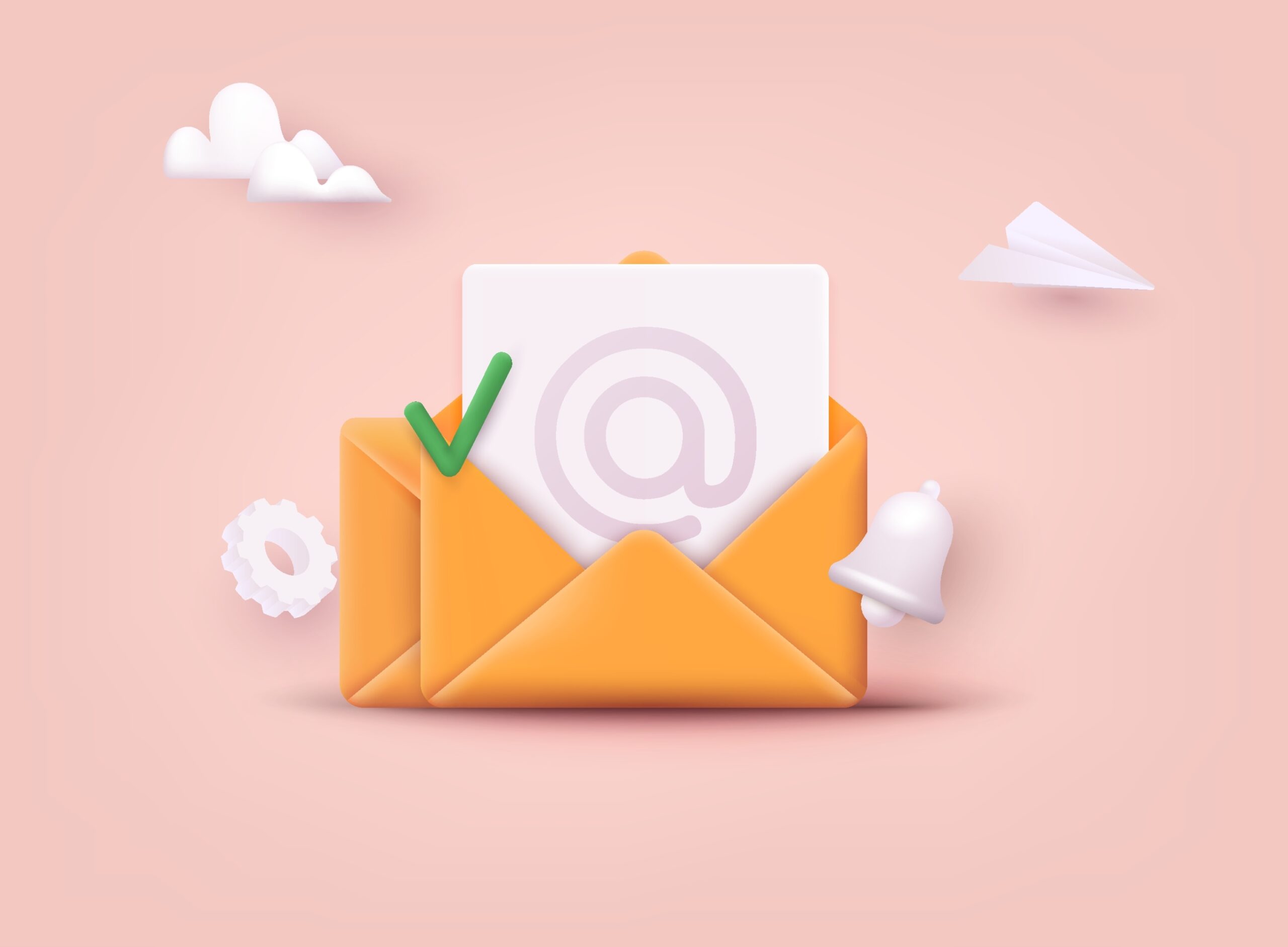What is a Follow-up Email?

A follow-up email is a type of email sent after a transaction, interaction, or purchase to maintain communication with customers. These emails can serve a variety of purposes, such as providing reminders, offering additional information, expressing gratitude, or requesting feedback. A well-crafted follow-up email is essential for customer relationship management and can significantly enhance customer engagement. With the widespread use of digital marketing and email automation tools, brands are increasingly investing in follow-up emails. However, writing an effective follow-up email requires the right strategy and content. In this article, we will explore the importance of follow-up emails, the types, how to write one effectively, common mistakes to avoid, and how to measure their performance.
1. What is a Follow-up Email?
A follow-up email is a communication sent to customers after a transaction or interaction. These emails are typically sent after a purchase or service has been delivered. Follow-up emails aim to offer additional value to the customer, such as product recommendations, feedback requests, or post-purchase information. By keeping in touch with customers, follow-up emails create opportunities for further engagement, enhance customer satisfaction, and can even drive repeat sales. Furthermore, follow-up emails play a vital role in customer retention by fostering a deeper connection between the brand and the customer.
2. The Importance of Follow-up Emails
Follow-up emails are more than just a form of communication. They represent a valuable opportunity to nurture customer relationships. Sending follow-up emails after a sale or service interaction shows customers that their business matters to the brand. These emails are also crucial for gathering customer feedback, which can provide insights into the effectiveness of a product or service and help improve future offerings. Additionally, follow-up emails can be an effective tool for encouraging customers to take further actions, such as completing a purchase, providing a review, or signing up for a newsletter. By maintaining communication through follow-up emails, brands can increase their chances of fostering long-term relationships and customer loyalty.
3. Types of Follow-up Emails
There are several types of follow-up emails, and each serves a different purpose depending on the context. Some common types include:
- Post-purchase thank you email: A simple message expressing gratitude for the customer’s purchase and offering additional information, such as related products or support options.
- Feedback and survey emails: Requests for feedback or reviews to gauge customer satisfaction and identify areas for improvement.
- Abandoned cart reminder emails: Sent to customers who added items to their cart but didn’t complete the purchase, offering reminders or incentives to encourage them to finalize the transaction.
- Welcome emails: Sent after a customer subscribes or signs up, welcoming them to the brand and providing an introduction to the brand’s offerings.
- Upsell and cross-sell emails: Targeted emails that suggest complementary products based on previous purchases to encourage additional spending.
4. How to Write an Effective Follow-up Email?
An effective follow-up email must have several key elements to maximize its impact. First and foremost, the subject line is crucial, as it directly influences the open rate. The subject line should be clear, concise, and compelling. In the body of the email, use a friendly, conversational tone while maintaining professionalism. Begin by expressing gratitude or acknowledging the customer’s previous action. Clearly state the purpose of the email and provide any relevant information or next steps. Additionally, include a call-to-action (CTA) that encourages further interaction, whether it’s completing a purchase, sharing feedback, or signing up for additional content. Personalizing the email with the customer’s name or recent activity adds a special touch that can increase engagement.
5. Common Mistakes to Avoid in Follow-up Emails
When writing follow-up emails, there are several common mistakes that should be avoided to ensure the message is well-received and effective. One major mistake is sending overly long or vague emails that do not get straight to the point. Customers are more likely to engage with concise emails that clearly outline the value being offered. Another mistake is failing to personalize the email or make it relevant to the recipient. Generic messages that do not acknowledge the customer’s specific needs or preferences tend to get ignored. Additionally, overloading the email with promotional content or pushing too hard for a sale can make the message feel more like spam. Lastly, sending follow-up emails at inappropriate times or too frequently can result in customer annoyance and unsubscribes.
6. Automated Follow-up Email Systems
Automated follow-up email systems allow brands to send timely and relevant messages to customers without manual intervention. These systems are particularly valuable for businesses with large customer bases or complex sales cycles. Automated follow-up emails can be triggered by specific actions or timeframes, such as a customer making a purchase, abandoning a cart, or reaching a particular milestone in their customer journey. By automating the process, brands can ensure that they are consistently engaging with customers and providing timely support or incentives. Automation also helps maintain a personalized touch, as many systems allow for dynamic content to be inserted into emails based on customer data and behavior.
7. How to Measure the Performance of Follow-up Emails?
To determine the effectiveness of follow-up emails, it’s essential to track key performance metrics. Some of the most important metrics include:
- Open rate: The percentage of recipients who open the email. A high open rate typically indicates that the subject line was compelling and the email was relevant.
- Click-through rate (CTR): The percentage of recipients who clicked on a link or call-to-action (CTA) within the email. A high CTR suggests that the email’s content resonated with the audience and led them to take action.
- Conversion rate: The percentage of recipients who completed a desired action after reading the email, such as making a purchase or filling out a survey. This metric is critical for measuring the overall success of the follow-up email campaign.
- Unsubscribe rate: The percentage of recipients who opted out of receiving future emails. A high unsubscribe rate may indicate that the content is irrelevant or too frequent.
By analyzing these metrics, brands can assess the performance of their follow-up emails and make data-driven adjustments to improve future campaigns.
Follow-up emails are an essential tool for building lasting relationships with customers, increasing customer satisfaction, and driving further engagement. When written effectively, follow-up emails help brands stay connected with their audience, provide valuable information, and encourage customers to take additional actions. By using automation, personalization, and data-driven insights, brands can ensure that their follow-up emails are timely, relevant, and impactful. With the right strategy in place, follow-up emails can significantly contribute to a brand’s success and customer loyalty.


